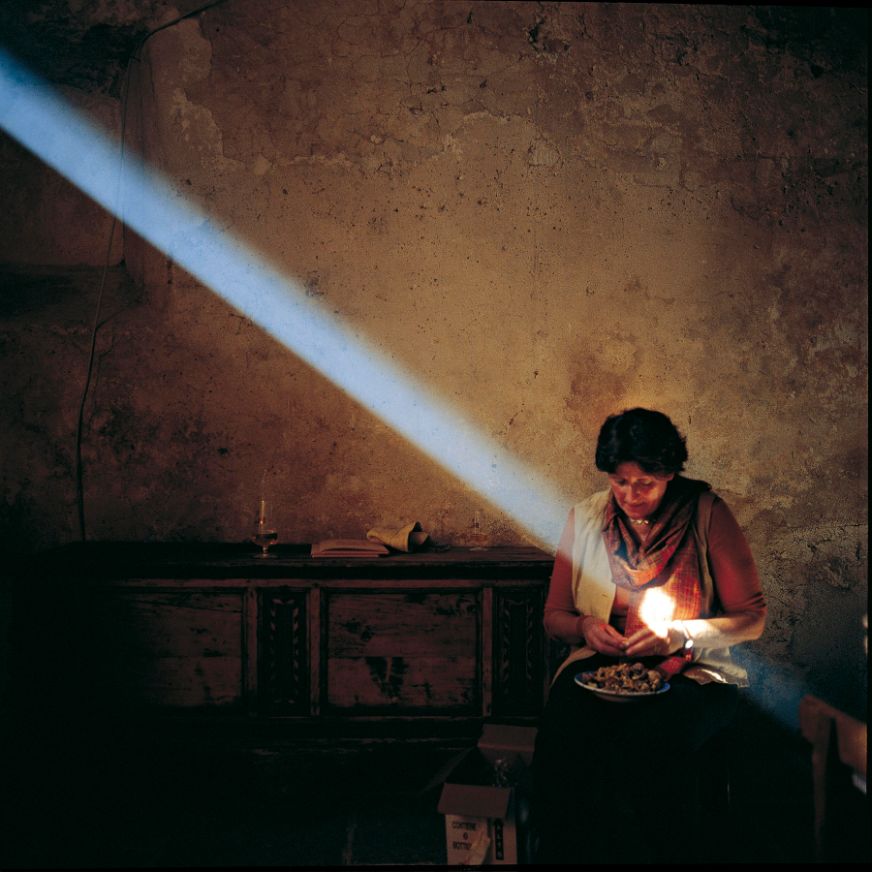
Sextantio Santo Stefano di Sessanio in Italy is a hotel with a reputation: established to help preserve the heritage of the Italian South, the rooms still bear the traces of their impoverished past. But while some celebrate it as a model for boutique hotels, others criticise it for its stripped-back asceticism. Mae Losasso spends a night, and meets the hotel’s founder, Daniele Kihlgren, to find out more.
There are only one or two buses that pass through the village of Barisciano a day, and nobody seems to know when. There are also no taxis – or so I’m told by the woman at the Comune, or town hall. I’m trying to get to Santo Stefano di Sessanio, reputedly one of Italy’s ‘prettiest villages’, deep in the mountainous region of Abruzzo, to stay at the iconic Sextantio hotel.
The story of the hotel goes back to 1999, when the young Swedish-Italian entrepreneur Daniele Kilhgren was driving his motorbike through the Abruzzi countryside. Kihlgren chanced upon Santo Stefano, which had once been at the centre of a thriving wool industry and was, for a time, home to the Medici family, whose crest still adorns the city gate. In the mid-20th century, however, the town was almost entirely abandoned, when the majority of its impoverished population emigrated to Canada.
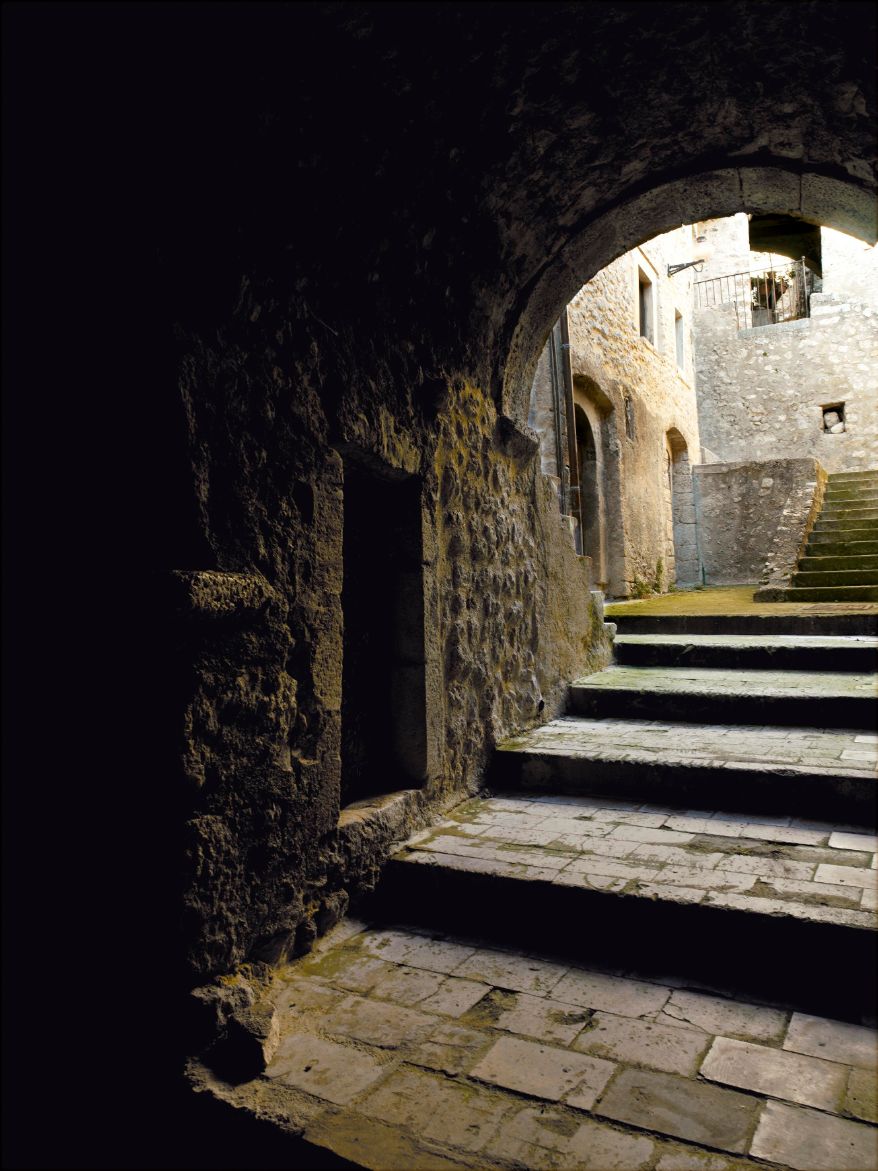
Samto Stefano di Sessanio once boasted a thriving wool industry
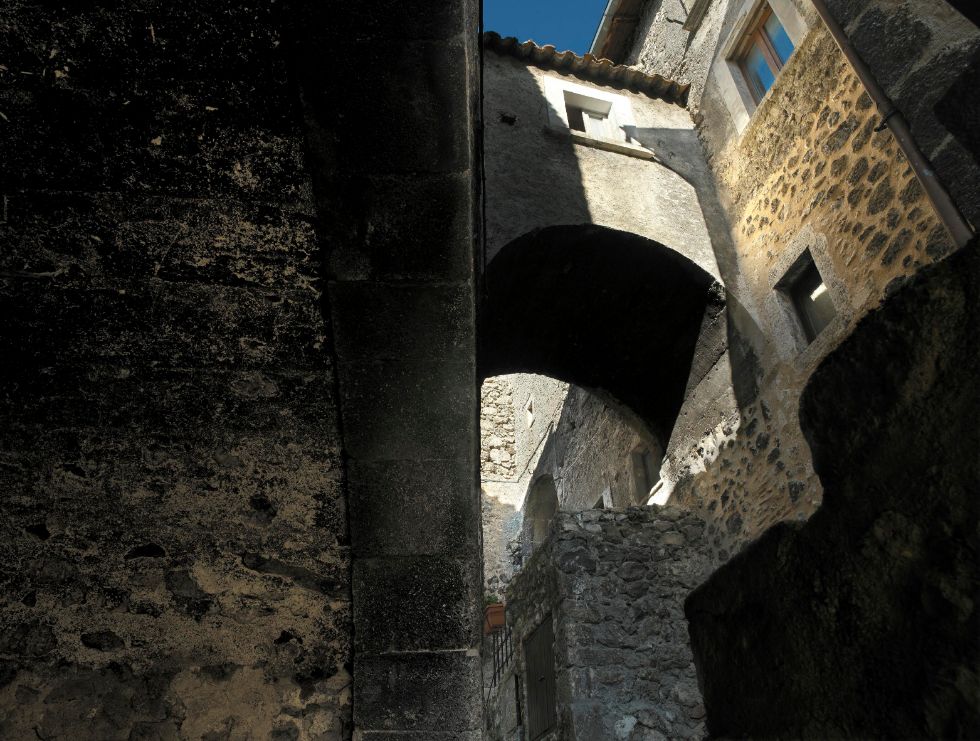
The village was once home to the famed Italian merchant family, the Medicis

When the wool industry collapsed, most of the village’s village’s inhabitants left Santo Stefano di Sessanio
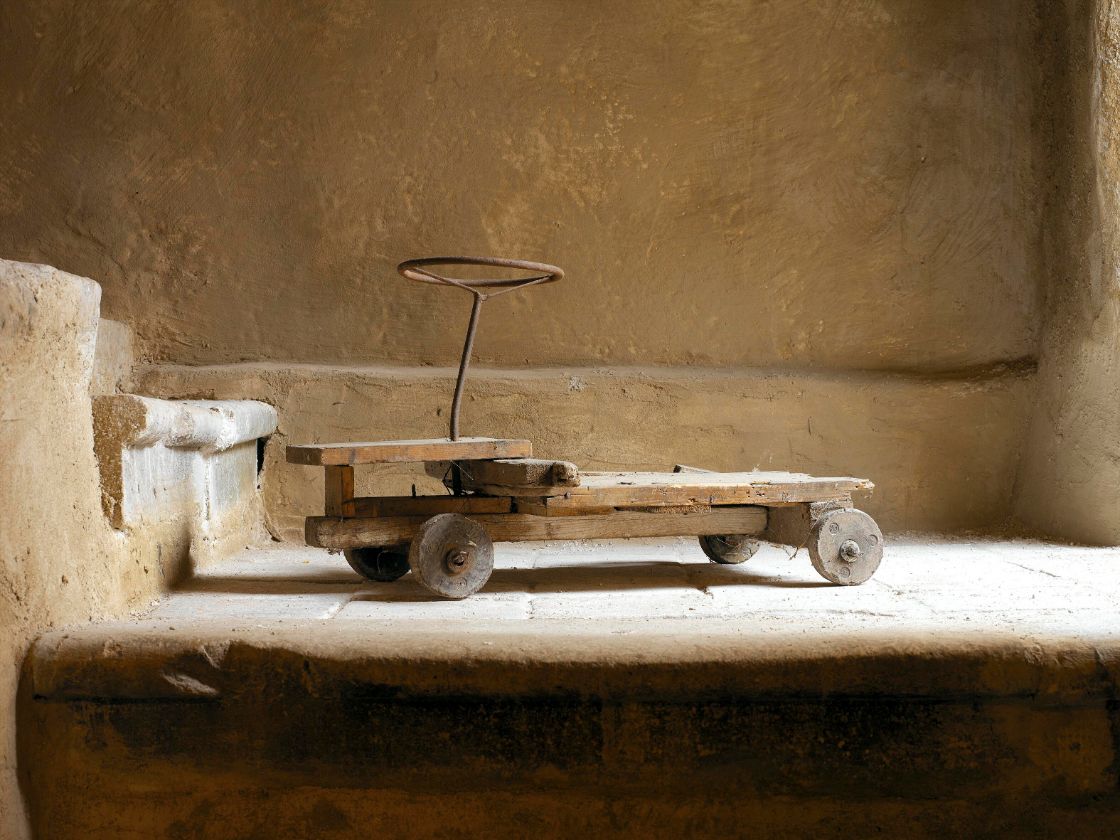
The village is remarkably well preserved
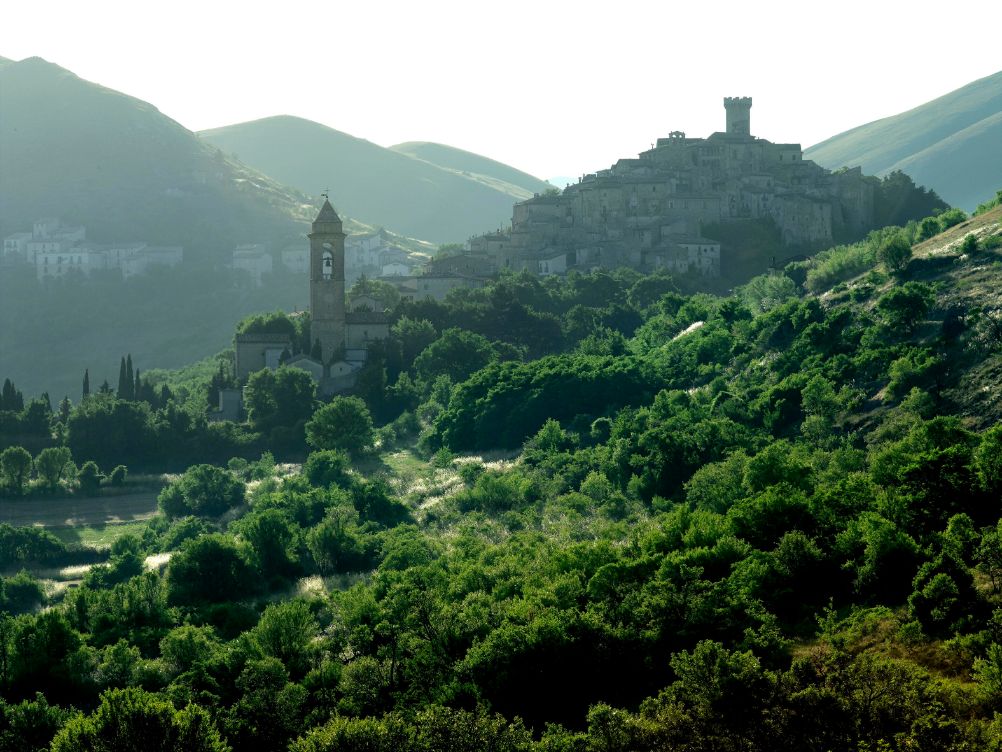
Dozens of the abanoned buildings in the village were bought by Daniele Kihlgren in order to convert into hotels
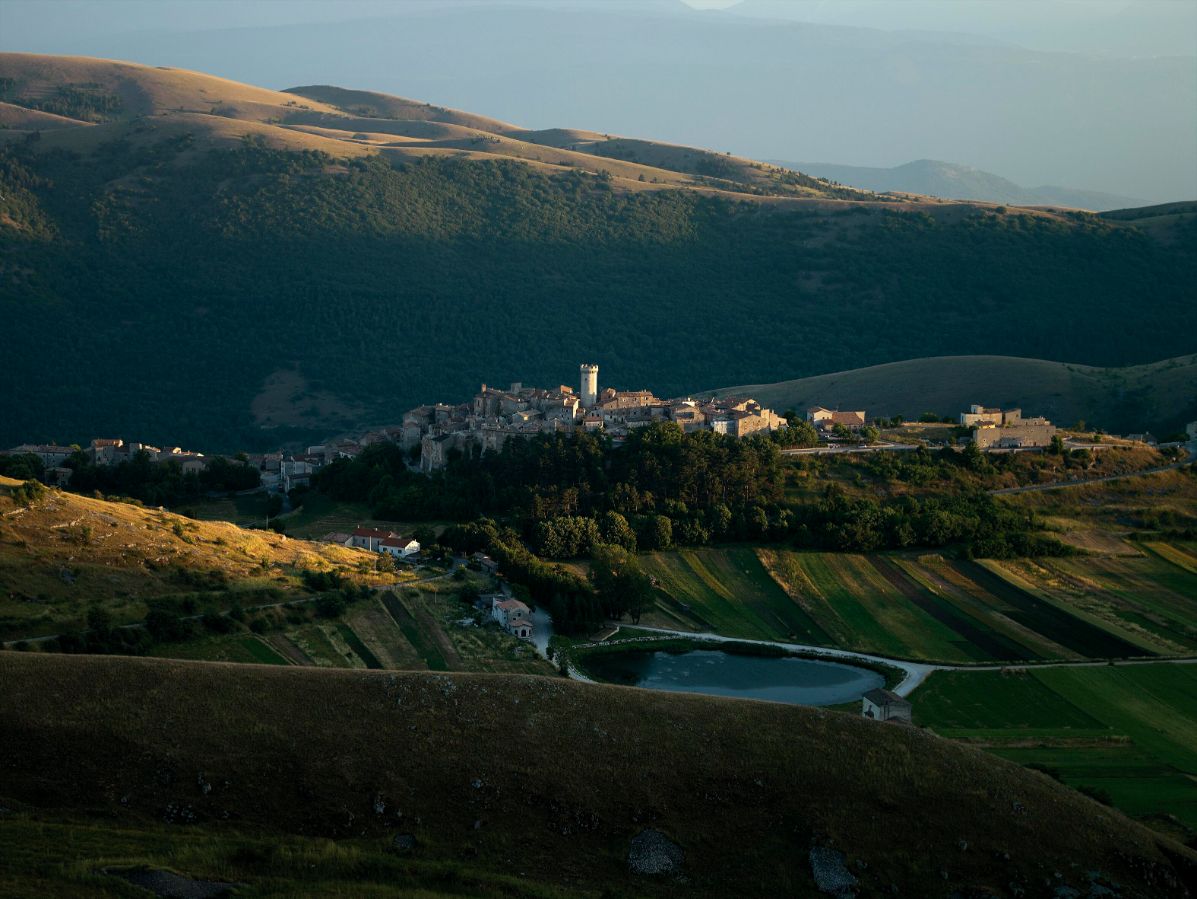
Santo Stefano di Sessanio is nestled in a valley inside the Abruzzo region
Kihlgren rejuvenated the village, buying up abandoned buildings and turning them into an Albergo Diffuso (literally, ‘widespread hotel’, meaning that the rooms are dispersed across the village), which remains true to the spirit of Santo Stefano’s provincial history. And here’s where opinion splits: some herald Sextantio as a model for the boutique hotel sector; others can’t understand why the rooms are so dark, the furniture so rickety, and the food so basic. Some call it a triumph of conservation; others think it’s like a peasant theme park.
I’ve been speaking with Kihlgren on the phone, and my interest has been piqued: who is this man? What is his vision? And how can a hotel with a minimum price tag of €300 a night get such mixed reviews? So I’ve come to experience it first hand – if I can make it out of Barisciano. In the end, I’m forced to walk – 2 hours through the mountains. It’s an indication of how remote the place still is: although it’s home to one of Italy’s most iconic hotels, Santo Stefano is not a place that’s easy to get to.

Daniele Kilhgren has invested more than ten million euros in the project
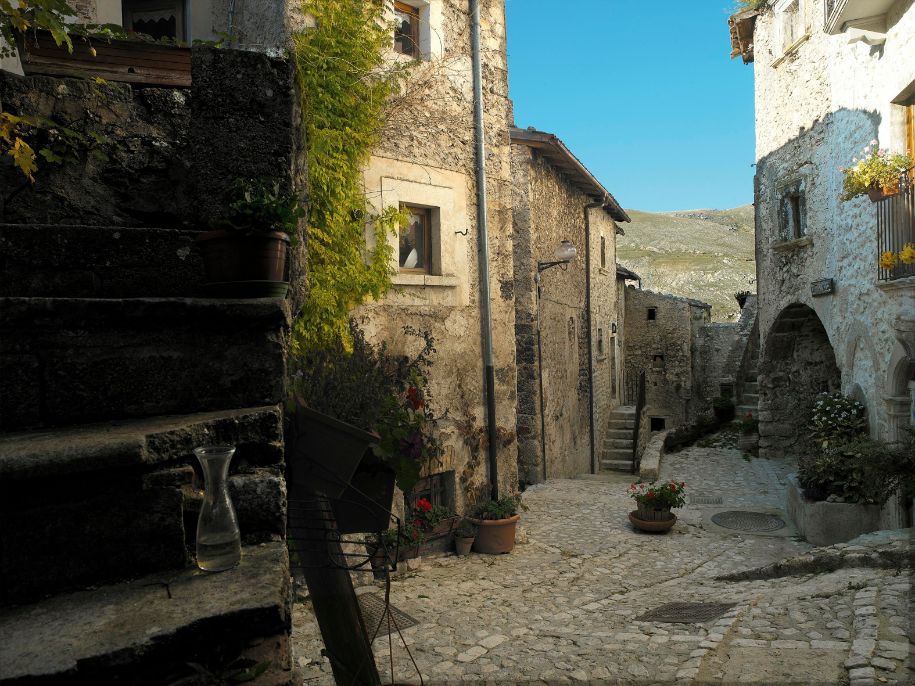
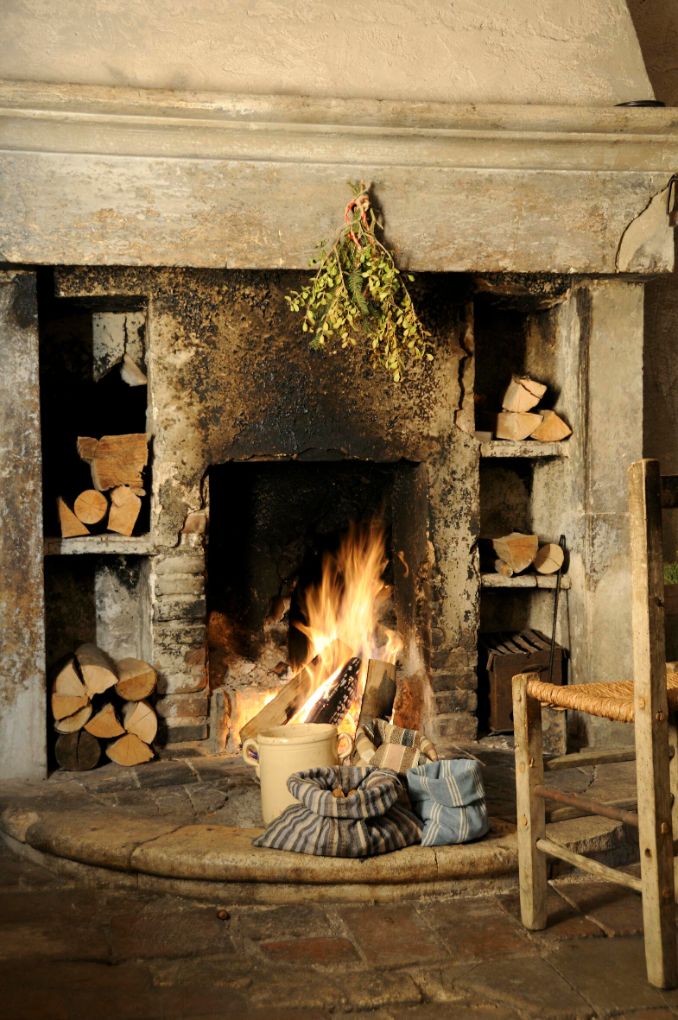
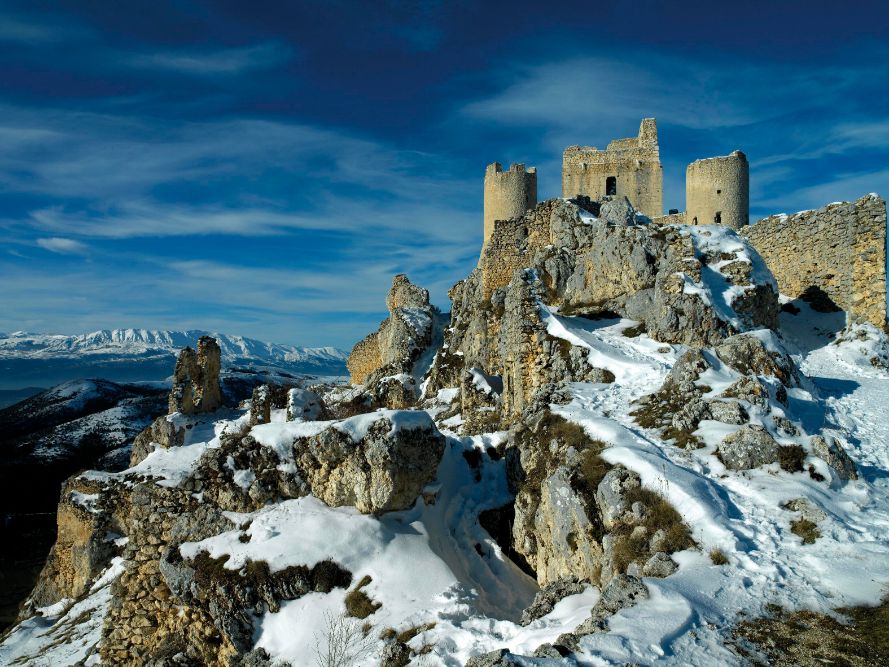
When I finally reach the hotel I feel like a pilgrim who has been given room and board at a monastery: thick candles are burning in the room, the smell of incense hangs in the air, and a small window looks out onto the mountains, the tower of the nearby church just kissing the edge of the view. A fireplace in the centre of the room is soot stained, the walls are dark, the floors uneven. A bed is spread with a handwoven blanket and there’s no shower, just a freestanding bath with a pewter jug. I’m told that this was once a shepherd’s home, and you can feel the presence of that past. Yet, for all that, the place still has the unmistakable feeling of boutique luxury. It’s ascetic, yes, but it isn’t shabby, because everything is in the details: the crisp cotton sheets, the handcrafted candles and natural soaps, the glass-stoppered jars of saponaccio (grown-up bubble bath).
I meet Kihlgren at the cantinone, the little wine cellar down the street from my room. In-person, he is warm, gregarious, convivial, and his passion for his project is infectious. Over amber-coloured Trebbiano wine and a bowl of Lenticchia di Santo Stefano (traditional lentil soup) we talk about the political landscape in Rwanda (where he has recently opened his latest hotel, The Capanne Project), London’s best ale, the philosophy of David Hume, and, of course, Italy’s heritage.
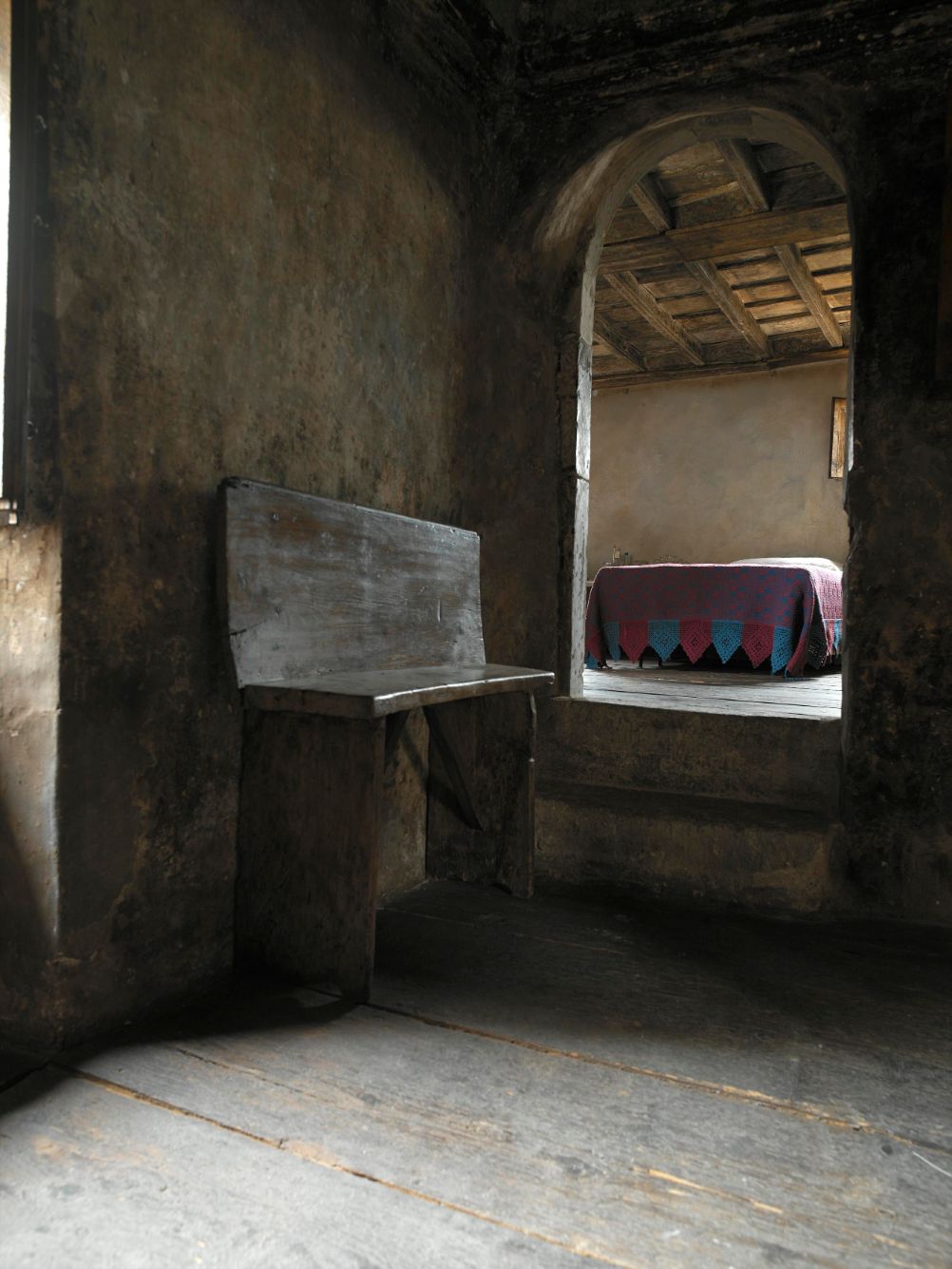
The rooms inside are modest and retain all the old decor
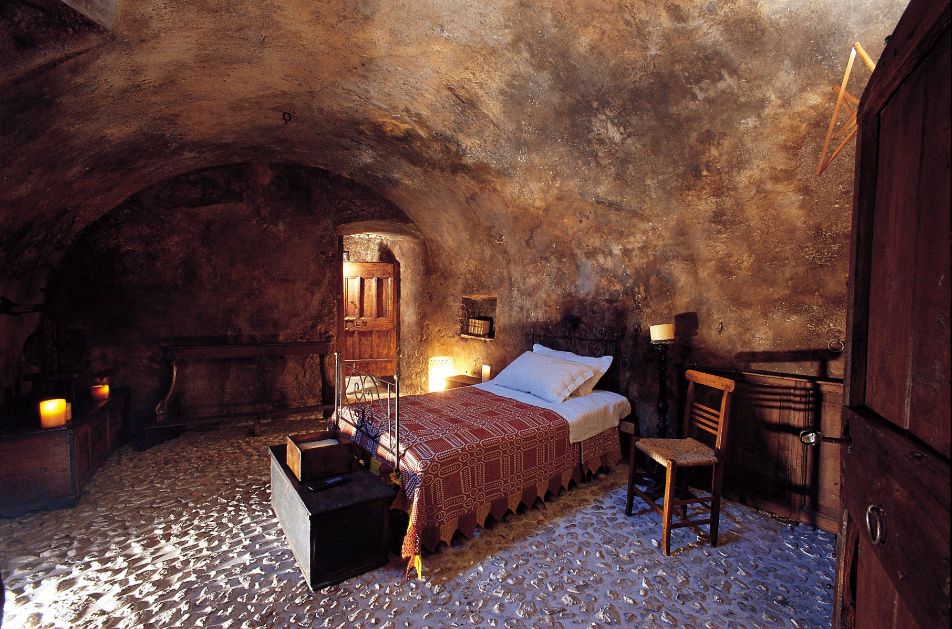
Daniele was determined to protect the village’s heritage
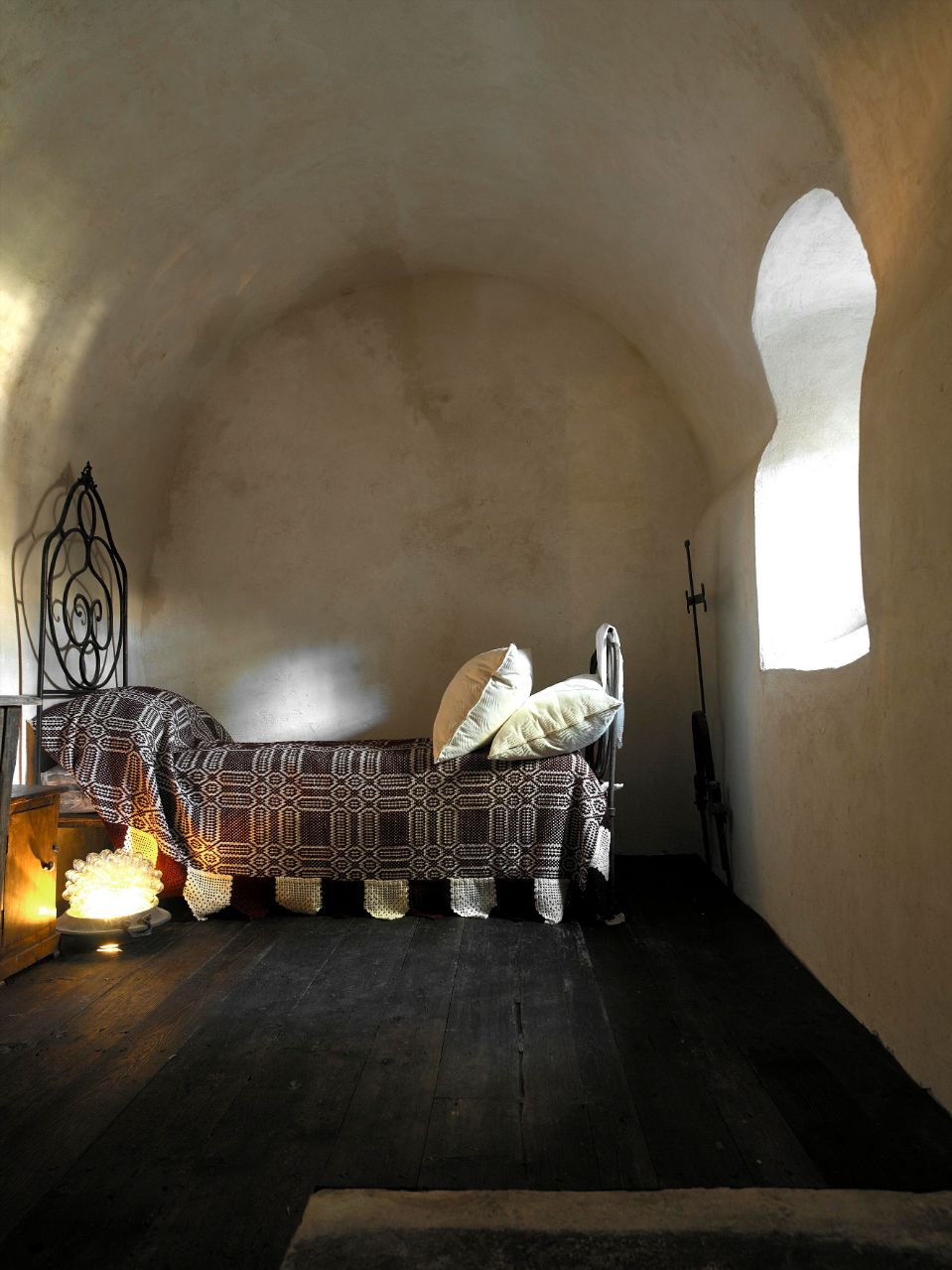
There’s nothing ‘luxurious’ about the stay experience at Kilhgren’s hotel
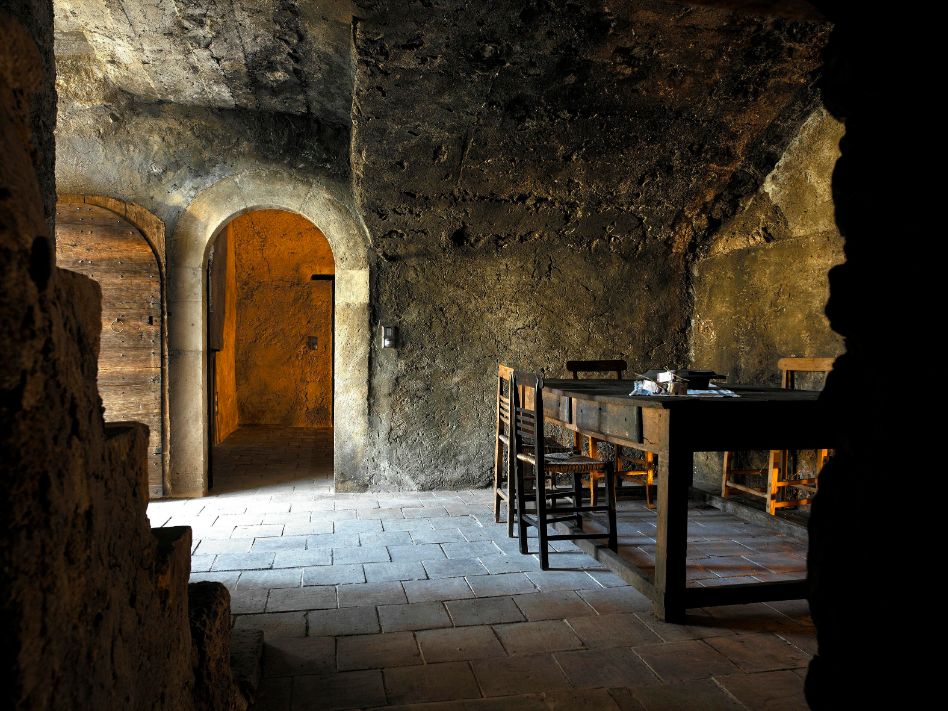
Rooms are preserved to look exactly how they have done for centuries

Kihlgren is unusually modest, even self-effacing: ’If you really believe in what you’re doing’, he begins – and then checks himself: ‘but actually you should never say to people, “I really believe all this”.’ He’s uncomfortable about labels (‘to define myself is very embarrassing’) and insists that he is neither a visionary nor a genius – but his hotel speaks louder than his words. Sextantio is clearly the product of a unique, holistic vision that is motivated less by making money, and more by preserving heritage and looking after local communities. And I believe that Kihlgren’s modesty is neither false nor posturing – his humility is genuine because his investment in political and philosophical issues runs deep. In fact, the hotel is the product of this thinking, not the other way around: ‘I don’t know anything about hotels’ he tells me, ‘because my idea was mostly about conserving the poor historical heritage. We just tried to save a kind of character’.
It’s this – Kihlgren’s investment in something bigger than business and cash – that sets Sextantio apart. A student of philosophy, Kihlgren is motivated by history, by literature, by people – and it shows. The hotel was informed by serious archival work, piecing the past back together through photographs, oral histories, and anthropology. Which is why some visitors complain that it feels a little too much like a museum – a kind of Disney World for culture-lovers – which risks romanticising a history of poverty.

Kilhgren is motivated by the village’s history – preservation of its cooking traditions are of paramount importance
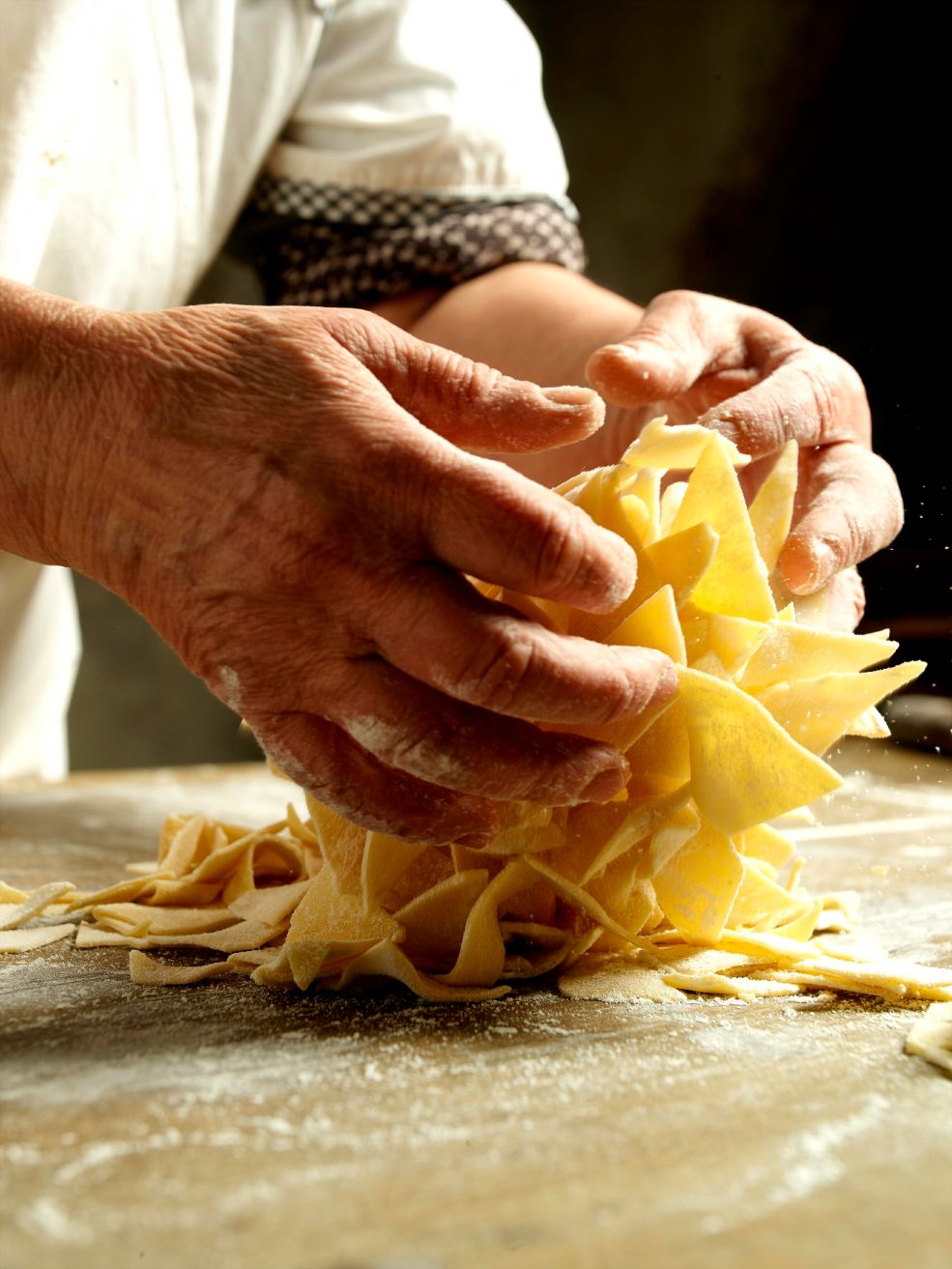




Perhaps there’s something in this – or, at least, there would be, if Kihlgren’s project wasn’t so genuinely motivated by the desire to rescue historical towns from decay or destruction, and revive their dwindling populations. Because Sextantio is not simply an attempt to cast the past in aspic; after all, the rooms have hot running water, underfloor heating, and wifi. What it does – here in Santo Stefano, as well as in Matera, the site of Kihlgren’s second hotel – is employ a carefully managed model of tourism that works in tandem with local governments, banning the destruction of old buildings and the erection of new ones to ensure that Italy’s provincial heritage is not only preserved, but resuscitated.
On my last morning I have a coffee at the local tabaccheria. It’s not connected to the hotel – it’s where the locals go to drink an espresso or have a glass of beer. At the table next to me, I recognise the man who works in the restaurant up the road. He’s sitting with the guy who owns the tabaccheria, and they’re joined by a woman – another local – who gossips lazily with them for the next hour. Kihlgren passes and they exchange a warm greeting. It’s a familiar scene from provincial towns throughout Italy; and it’s also a reminder that Santo Stefano di Sessanio hasn’t been turned into a museum Disney World for affluent sightseers – it’s been given a new lease of life. The past may be present here, but the future looks promising for a town that only 30 years ago sat on the brink of decay.

